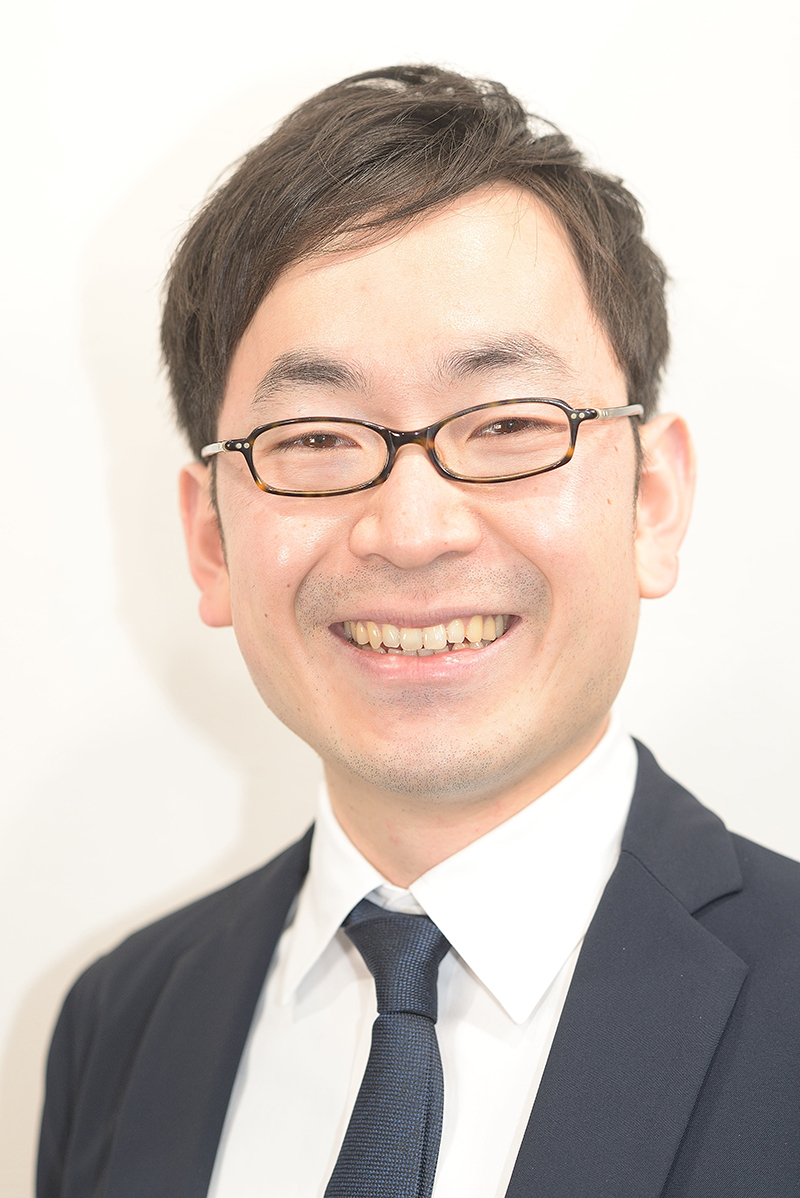Interviews

3D Printing French Cuisine At Nursing Homes (Part 1)
Kouhei Yamaguchi
Revitalising Gastronomy in the Elderly
Interviewer & Japanese Writer: Yamamoto Takaya; Translation & Editing: Matthew Cherry
Any given person’s enjoyment of life can be directly related to food. Perhaps nobody knows this better than Kouhei Yamaguchi, who was selected for the 2021 INNO-vation Program’s Disruptive Challenge for his theme of replicating a full-course French meal in nursing homes using a 3D food printer.
Yamaguchi works as a dentist and a researcher, specializing in dysphagia rehabilitation. Through various stages of life, people may find their ability to feed and swallow weaken, often brought on by serious diseases such as stroke or Parkinson’s disease. Dysphagia rehabilitation involves assessing a patient’s ability to bite and swallow, followed by specialized care to restore general feeding ability.
Eating food that is too tough or large can lead to pulmonary aspiration, or the inhaling of food, which is a leading cause of pneumonia. Cases of suffocation due to improper food sizing and consistency are also common. Foods mashed up into pastes or mixed up in blenders are often used to prevent these types of situations in nursing homes, but Yamaguchi says the looks and tastes of these products are a huge problem.
“The enjoyment of food is a constant that sticks with us throughout our lives. Losing that sense of enjoyment makes people lose their motivation in rehabilitation very quickly, no matter how much encouragement they’re given or what kinds of food pastes they can eat,” Yamaguchi explained. “When directing a rehabilitation regimen, the most important thing to keep in mind is how to motivate your patient. For example, patients that have lost their sense of taste don’t need to be told they need to improve the faculties of their tongue, as there isn’t anyone that resonates with that kind of language. Rehabilitation is only successful if you give your patients substantial motivation, such as telling them that if their tongue function improves, they’ll be able to enjoy even more delicious food than ever before.”
While it’s true that food does possess the power to motivate people, it’s often thought that food prepared in Japanese nursing homes does not. Yamaguchi enlisted the help of a 3D food printer to help change people’s mindsets about food pastes.
A certain 3D printer researcher suggested that the technology could be used to create foods for people in dysphagia rehabilitation. Yamaguchi still wasn’t convinced. He thought that food created with 3D printers still lacked the motivational power of conventionally prepared food. “It’s not as simple as just using a 3D food printer to make visually appealing food, but rather combining the technology with an experienced chef to provide food that people in nursing homes can really get excited about,” he said. That’s when he learned about the INNO-vation Program and decided to give his luck a shot.
In Part 2, we’ll take a look at Yamaguchi’s time during the INNO-vation Program.


